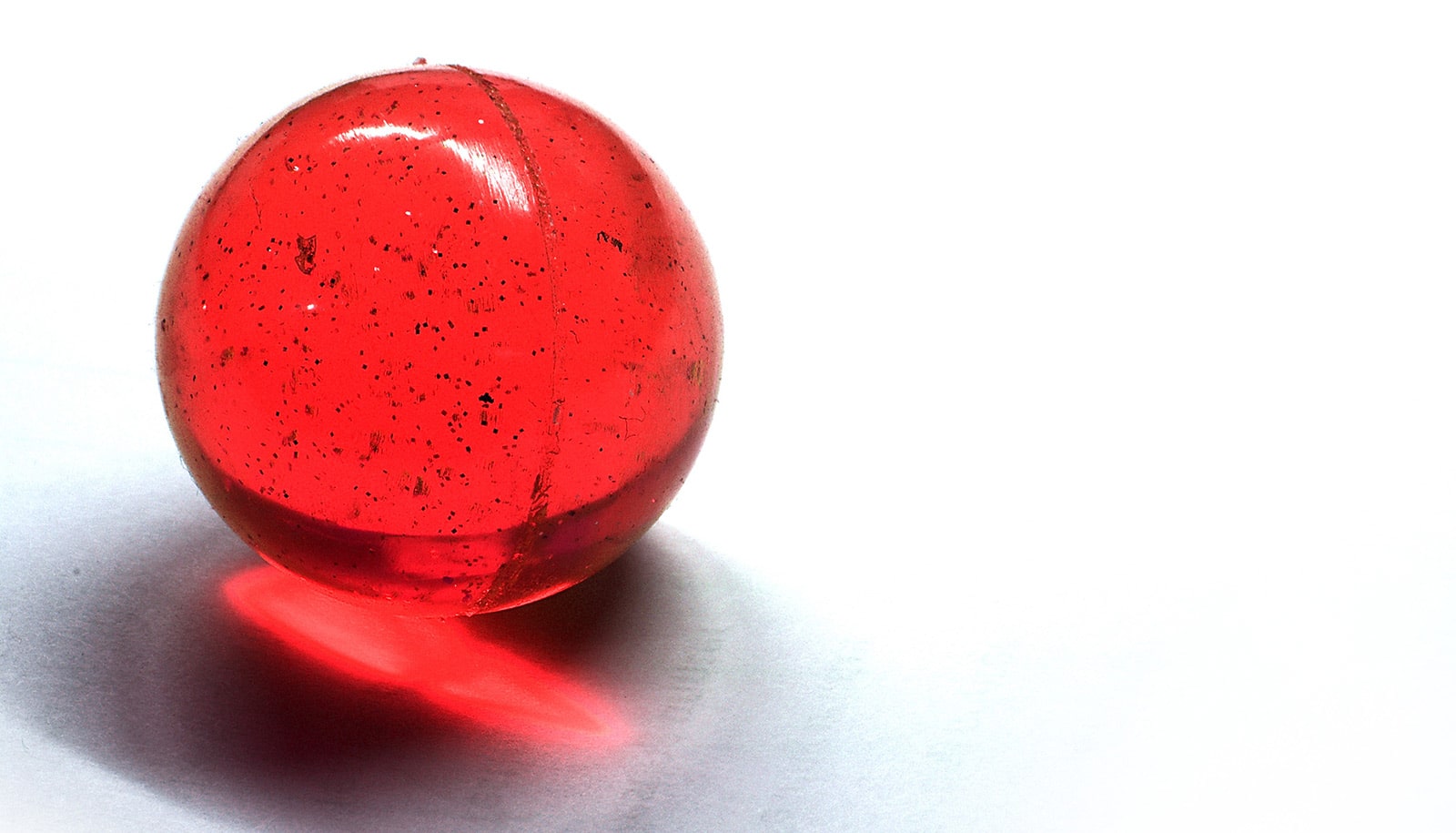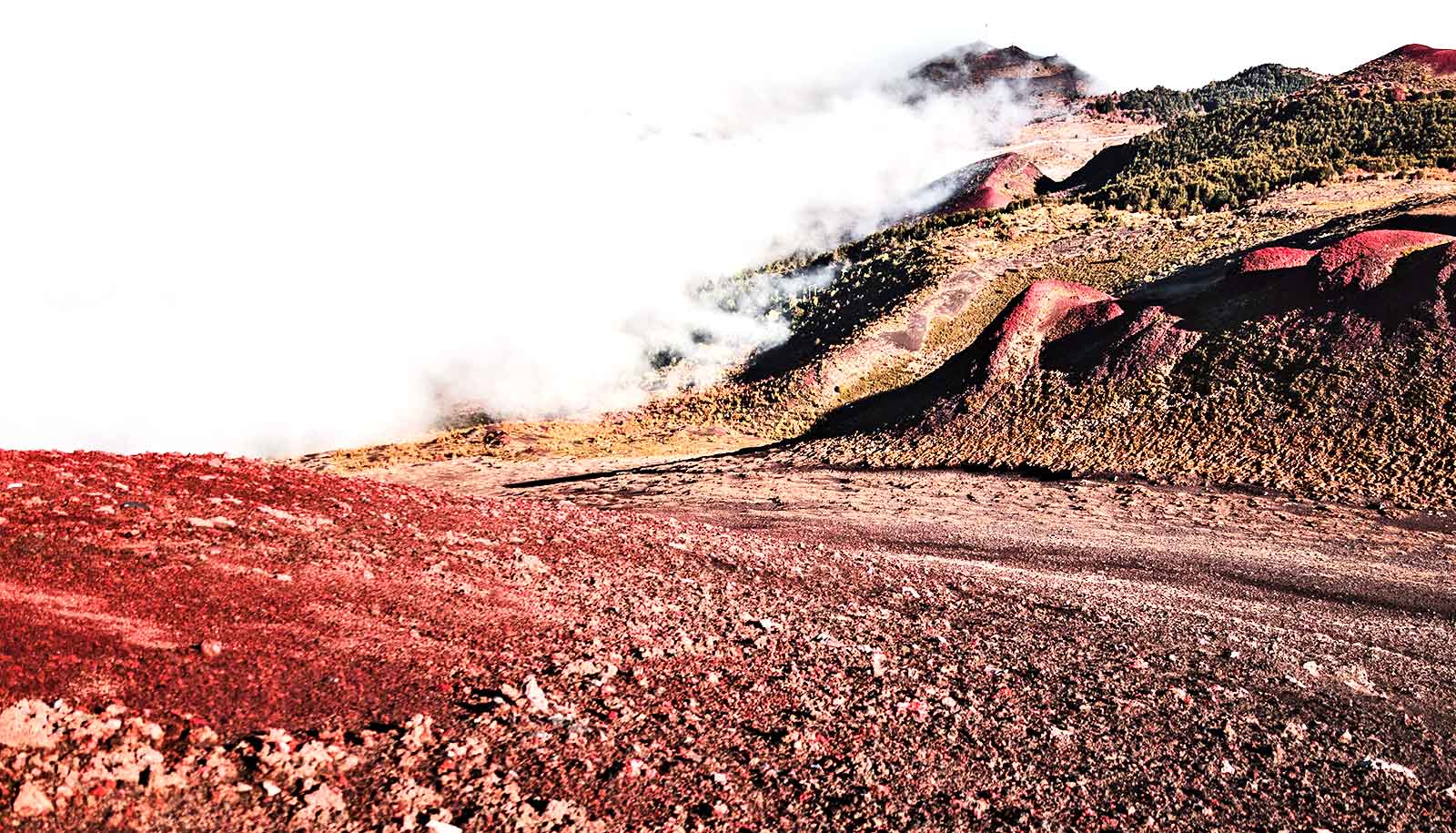After much searching under extremely difficult conditions, researchers have found microbes that have never been identified before.
The microbes are from about 900 kilometers (about 559 miles) south of the North Pole. They could provide a blueprint for the kind of life forms that may once have existed, or may still exist, on Mars.
The extremely salty, very cold, and almost oxygen-free environment under the permafrost of Lost Hammer Spring in Canada’s High Arctic is the one that most closely resembles certain areas on Mars.
In a paper in ISME, the scientists demonstrate, for the first time, that microbial communities found living in Canada’s High Arctic, in conditions analogous to those on Mars, can survive by eating and breathing simple inorganic compounds of a kind that have been detected on Mars (such as methane, sulfide, sulfate, carbon monoxide, and carbon dioxide).
This discovery is so compelling that samples of the Lost Hammer surface sediments were selected by the European Space Agency to test the life detection capabilities of the instruments they plan to use on the next ExoMars Mission.
Lost Hammer Spring, in Nunavut in Canada’s High Arctic, is one of the coldest and saltiest terrestrial springs discovered to date. The water which travels up through 600 meters (1,968.5 feet) of permafrost to the surface is extremely salty (~24% salinity), perennially at sub-zero temperatures (~−5 °C) and contains almost no oxygen (<1ppm dissolved oxygen). The very high salt concentrations keep the Lost Hammer spring from freezing, thus maintaining a liquid water habitat even at sub-zero temperatures.
These conditions are analogous to those found in certain areas on Mars, where widespread salt deposits and possible cold salt springs have been observed. And while earlier studies have found evidence of microbes in this kind of Mars-like environment—this is one of a very few studies to find microbes alive and active
To gain insight into the kind of life forms that could exist on Mars, researchers, led by Lyle Whyte of the natural resource sciences department at McGill University, used state-of-the-art genomic tools and single cell microbiology methods to identify and characterize a novel, and more importantly, an active microbial community in this unique spring. Finding the microbes and then sequencing their DNA and mRNA was no easy task.
“It took a couple of years of working with the sediment before we were able to successfully detect active microbial communities,” explains Elisse Magnuson, a PhD student in Whyte’s lab, and the first author of the paper.
“The saltiness of the environment interferes with both the extraction and the sequencing of the microbes, so when we were able to find evidence of active microbial communities, it was a very satisfying experience.”
The team isolated and sequenced DNA from the spring community, allowing them to reconstruct genomes from approximately 110 microorganisms, most of which have never been seen before. These genomes have allowed the team to determine how such creatures survive and thrive in this unique extreme environment, acted as blueprints for potential life forms in similar environments. Through mRNA sequencing, the team was able to identify active genes in the genomes and essentially identify some very unusual microbes actively metabolizing in the extreme spring environment.
“The microbes we found and described at Lost Hammer Spring are surprising, because, unlike other microorganisms, they don’t depend on organic material or oxygen to live,” adds Whyte.
“Instead, they survive by eating and breathing simple inorganic compounds such as methane, sulfides, sulfate, carbon monoxide, and carbon dioxide, all of which are found on Mars. They can also fix carbon dioxide and nitrogen gasses from the atmosphere, all of which makes them highly adapted to both surviving and thriving in very extreme environments on Earth and beyond.”
The next steps in the research will be to culture and further characterize the most abundant and active members of this strange microbial ecosystem, to better understand why and how they are thriving in the very cold, salty, muck of the Lost Hammer Spring. The researchers hope that this, in turn, will help in the interpretation of the exciting but enigmatic sulfur and carbon isotopes that were very recently obtained from the NASA Curiosity Rover in the Gale Crater on Mars.
Source: McGill University



